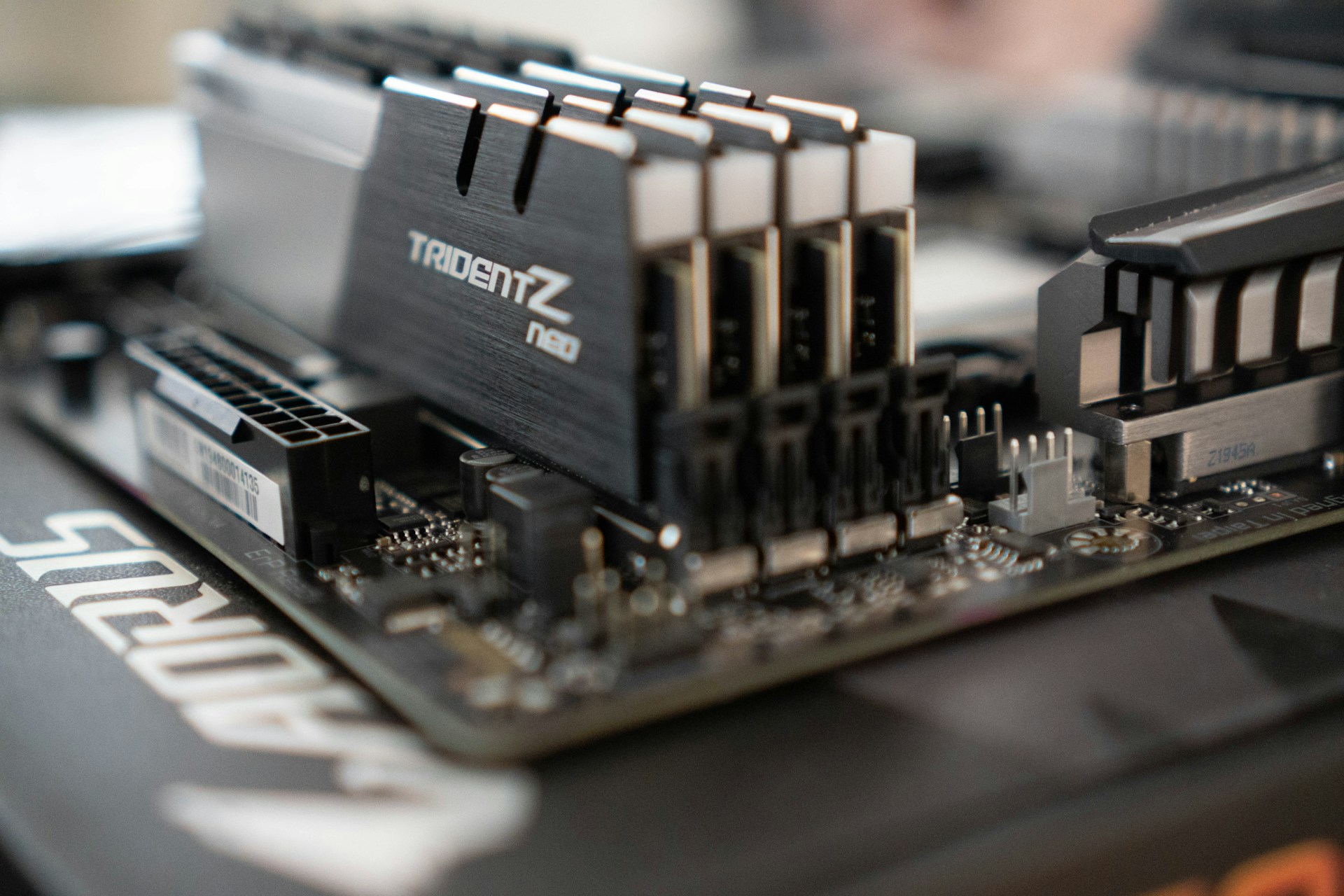The rise in DDR4 prices is due to changes in the industry, international tensions, and the end of Chinese “dumping.”
The DDR4 RAM market is experiencing a significant global shake-up. According to Taiwan-based publication DigiTimes, the spot market price for DDR4 chips has surged by 50% in the second half of May, a rise not seen in years and one that is now affecting manufacturers and end customers.
Historic increases in just a few days
The data provided by DigiTimes reflects the seriousness of the situation. At the beginning of May, 8 GB DDR4 chips were priced at $1.75 in the spot market, while by the end of the month, they reached $2.73, reflecting a 56% increase. For 16 GB modules, the rise has been 45%, increasing from $3.58 to $5.20. In the contract price segment, increases range from 22% to 25% for 8 GB and 16 GB chips compared to prices negotiated at the beginning of the month.
Forecasts suggest that the uptrend will continue into the third quarter of 2025, with additional price hikes estimated at 10% to 20%.
What’s behind the rise in DDR4 prices?
There are multiple reasons for this increase, stemming from structural changes in the memory manufacturing sector. On one hand, major global manufacturers—Micron, Samsung, and SK hynix—have been reducing or eliminating their DDR4 production lines to focus on more profitable technologies like DDR5 and LPDDR5, following the natural evolution of the industry.
Additionally, competitive pressures have played a role. For months, Chinese companies like ChangXin Memory Technologies (CXMT) and Fujian Jinhua dominated the DDR4 market with low prices, forcing South Korean and American giants to exit this segment due to lack of profitability. However, recent Chinese government directives have compelled CXMT to cease DDR4 production in favor of more advanced memory, aligning with the national strategy for technological self-sufficiency.
The result has been a drastic decline in global DDR4 supply, driving prices up within weeks.
Geopolitical factors and stockpiling
DigiTimes also highlights the role of trade tensions between the United States and China as a significant driver of the price increase. In May, news about new U.S. tariffs prompted a wave of DDR4 memory purchases by intermediaries and manufacturers fearing supply disruptions, further accelerating the imbalance between supply and demand.
Meanwhile, the gradual exit of major players from the sector is causing prices for DDR4 and DDR5 to converge, with a difference of just 7% according to market estimates.
What does the future hold for DDR4?
Although the commercial life cycle of DDR4 seems to be ending for the major manufacturers, demand persists in industrial sectors and embedded platforms. Many enterprise servers, particularly those based on Intel Ice Lake or AMD Milan, rely on DDR4 and will continue to operate at least until 2026.
Therefore, while profit margins for major manufacturers are rapidly shrinking, opportunities still exist for smaller suppliers that can cater to specific niches, such as the industrial sector or the maintenance of critical infrastructures that have not yet migrated to DDR5.
In summary, the significant rise in DDR4 memory prices underscores the industry’s transition toward more advanced technologies, but it also highlights the importance of inventory management and monitoring geopolitical movements, especially in a sector as sensitive to changes in supply and demand as semiconductors. Users and companies still dependent on DDR4 will need to be vigilant about price volatility in the coming months.

